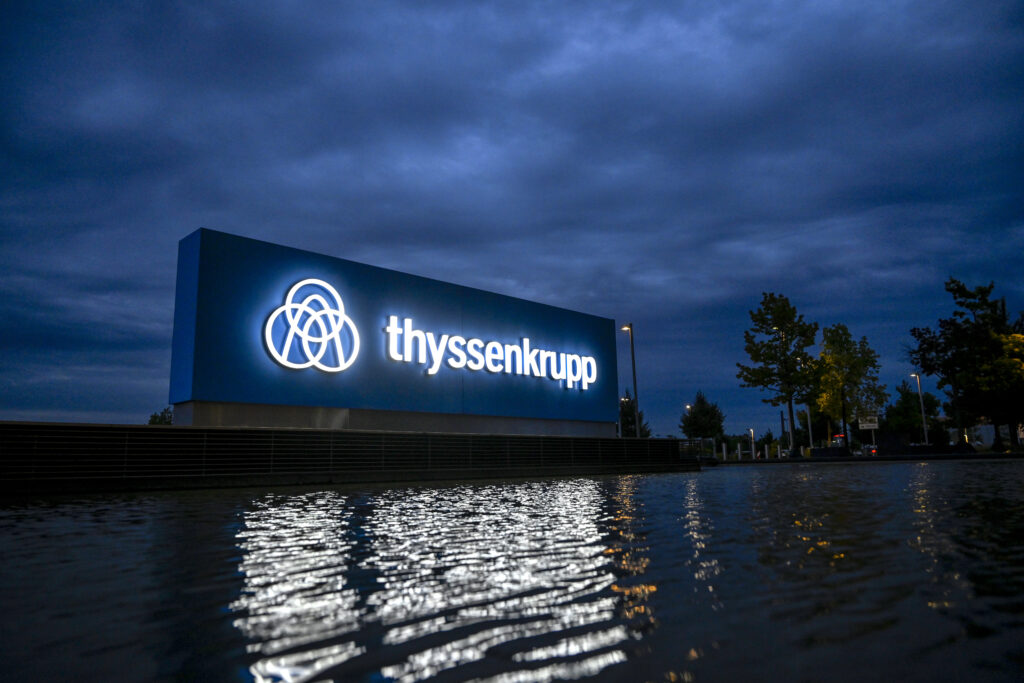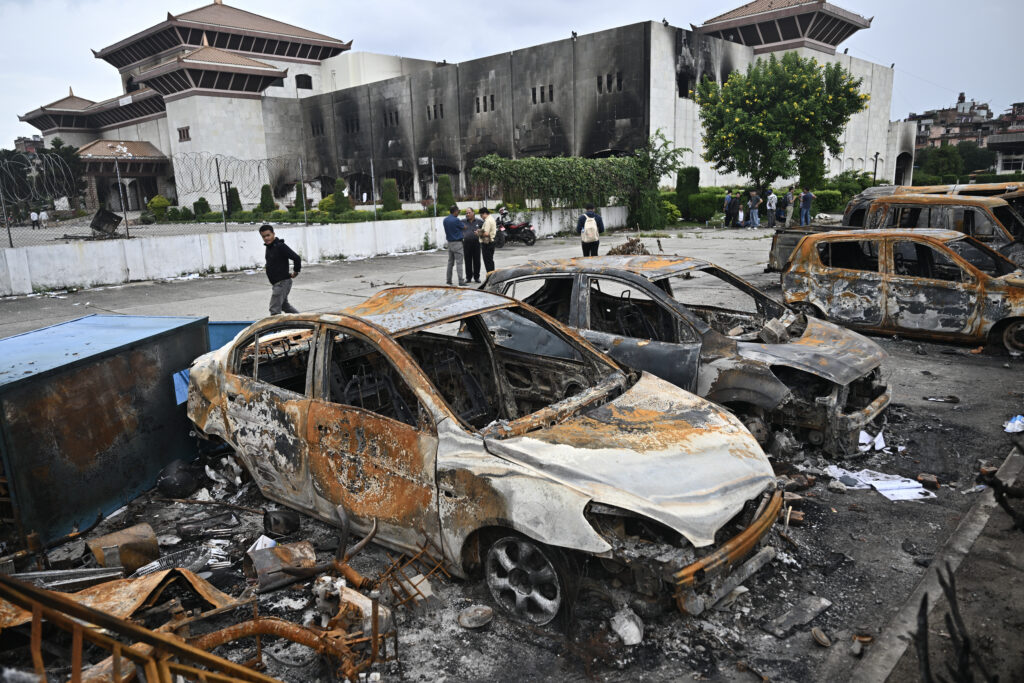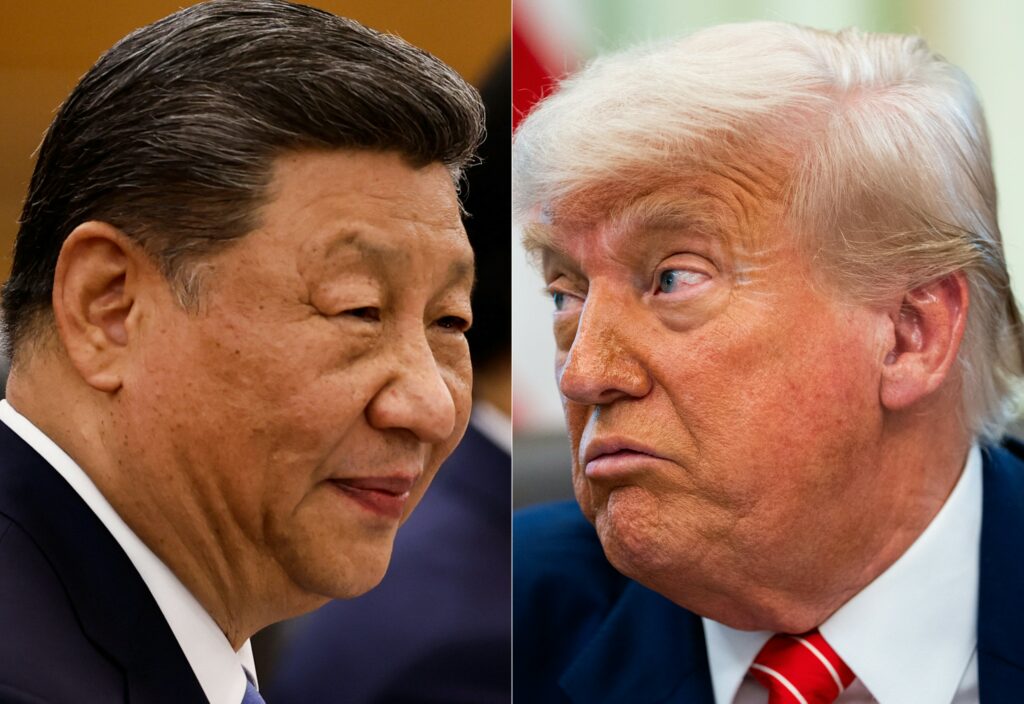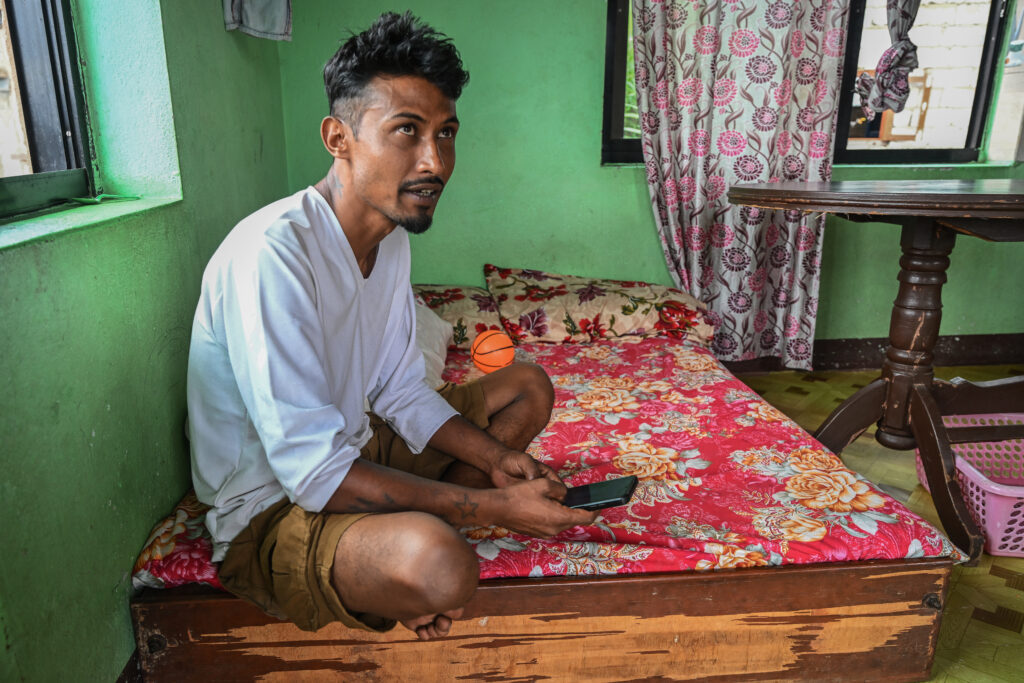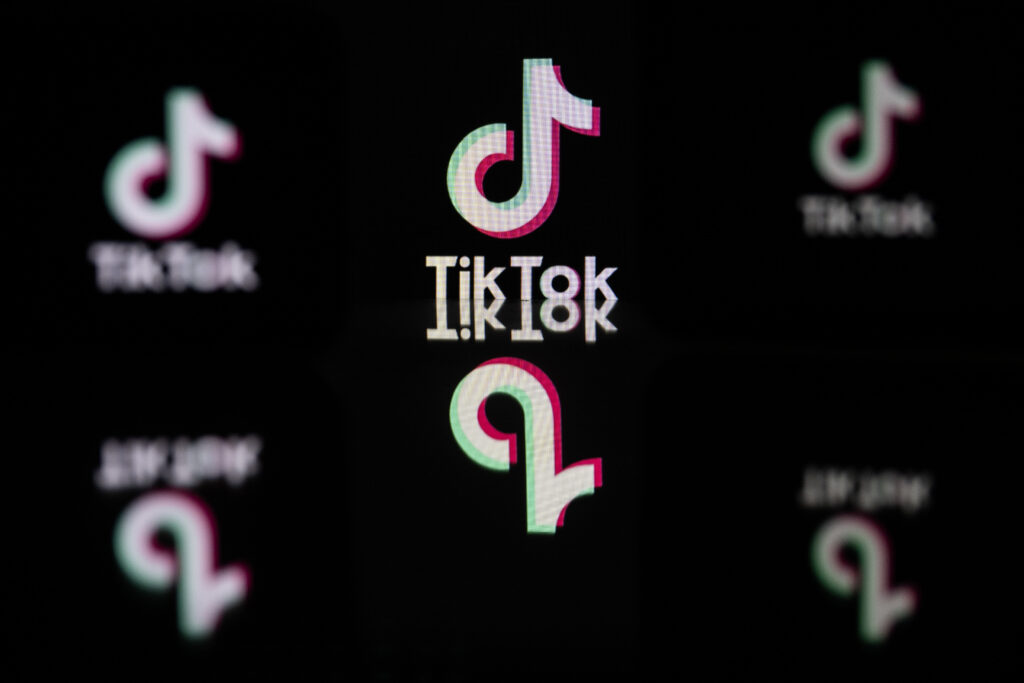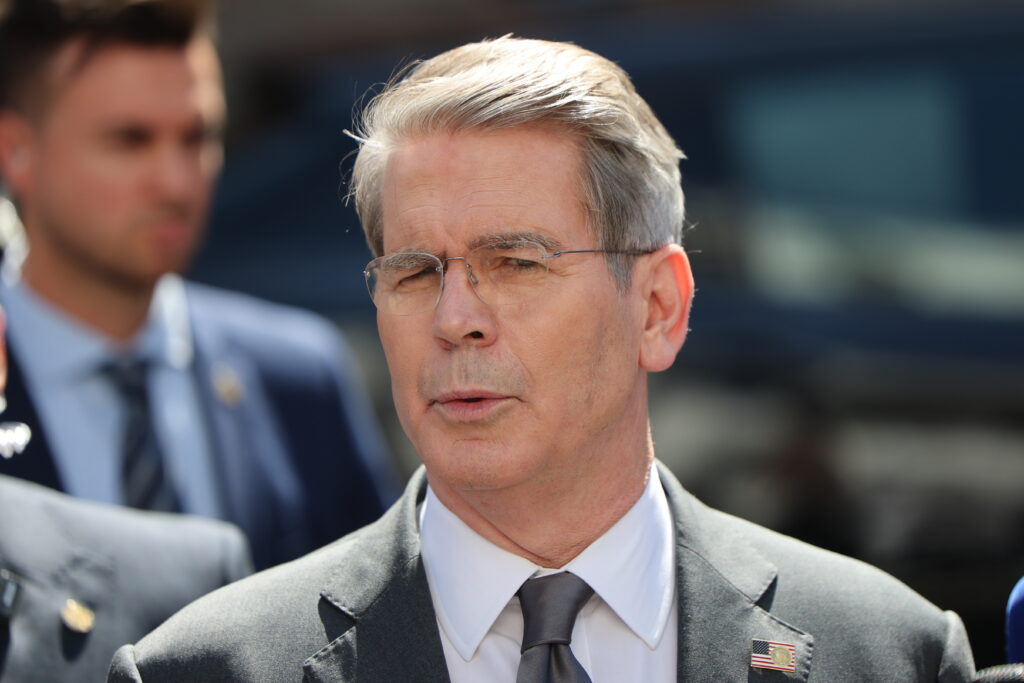Stocks slip, dollar down as Fed meets on rates
Wall Street stocks ended lower on Tuesday while the dollar slid as the US Federal Reserve began a two-day meeting at which it is expected to cut interest rates.The S&P 500 and Nasdaq Composite rose to fresh record highs as trading got underway in New York, but equities soon slid into the red, with all three major indices finishing modestly lower.”It’s just kind of a wait-and-see move in front of the (Fed) decision so not a lot of conviction behind today’s trade,” said Briefing.com analyst Patrick O’HareThe US central bank is overwhelmingly expected to cut interest rates Wednesday for the first time in 2025, but markets are unsure what the Fed will signal about the likelihood of further cuts.Analysts see the recent string of US equity market records as the result of hopes that the US central bank will follow Wednesday’s interest rate cut with additional cuts in the months ahead in light of weakening labor market data.The rise in stocks, particularly in tech shares, has provoked some concern about them having become overvalued, but City Index and FOREX.com analyst Fawad Razaqzada said investors have largely shrugged off these worries.”So, it looks like investors are taking no chances ahead of the FOMC meeting, choosing to take profit on what has been another amazing bull run for technology stocks,” he said, referring to the Fed committee that sets interest rates.Data released on Tuesday showed retail sales in the United States rose more than analysts expected in August, even as the effects of President Donald Trump’s tariffs ripple through the US economy.Overall sales jumped by 0.6 percent on a month-on-month basis in August, beating expectations of a 0.2-percent gain, showing US consumers are not holding back despite the softening jobs market.The dollar dropped against main rivals on Tuesday, with markets pricing in a Fed cut Wednesday and a string of additional rate cuts over the next year or so.”The US Dollar is breaking down ahead of the widely-expected rate cut from the (Fed) at tomorrow’s meeting,” said a note from Forex.com’s James Stanley. “The bigger question is whether the Fed will echo the dovish expectation built in by markets.”The British pound firmed versus the dollar, with analysts increasingly expecting the Bank of England to maintain its key interest rate on Thursday and for the remainder of 2025.Official data on Tuesday showed UK unemployment remaining at a four-year high of 4.7 percent amid stubbornly high British inflation.European stock markets fell on Tuesday following a steady showing by Asia’s main indices.Shares in Germany’s Thyssenkrupp rose around eight percent in Frankfurt after India’s Jindal Steel International made an offer for the company’s steel division.- Key figures at around 2105 GMT -New York – Dow: DOWN 0.3 percent at 45,757.90 (close)New York – S&P 500: DOWN 0.1 percent at 6,606.76 (close)New York – Nasdaq Composite: DOWN 0.1 percent at 22,333.96 (close)London – FTSE 100: DOWN 0.9 percent at 9,195.66 (close) Paris – CAC 40: DOWN 1.0 percent at 7,818.22 (close)Frankfurt – DAX: DOWN 1.8 percent at 23,329.24 (close)Tokyo – Nikkei 225: UP 0.3 percent at 44,902.27 (close)Hong Kong – Hang Seng Index: FLAT at 26,438.51 (close)Shanghai – Composite: FLAT at 3,861.87 (close)Euro/dollar: UP at $1.1868 from $1.1761 on MondayPound/dollar: UP at $1.3657 from $1.3599Dollar/yen: DOWN at 146.49 yen from 147.40 yenEuro/pound: UP at 86.87 pence from 86.48 penceBrent North Sea Crude: UP 1.5 percent at $68.47 per barrelWest Texas Intermediate: UP 1.9 percent at $64.52 per barrelburs-jmb/des

